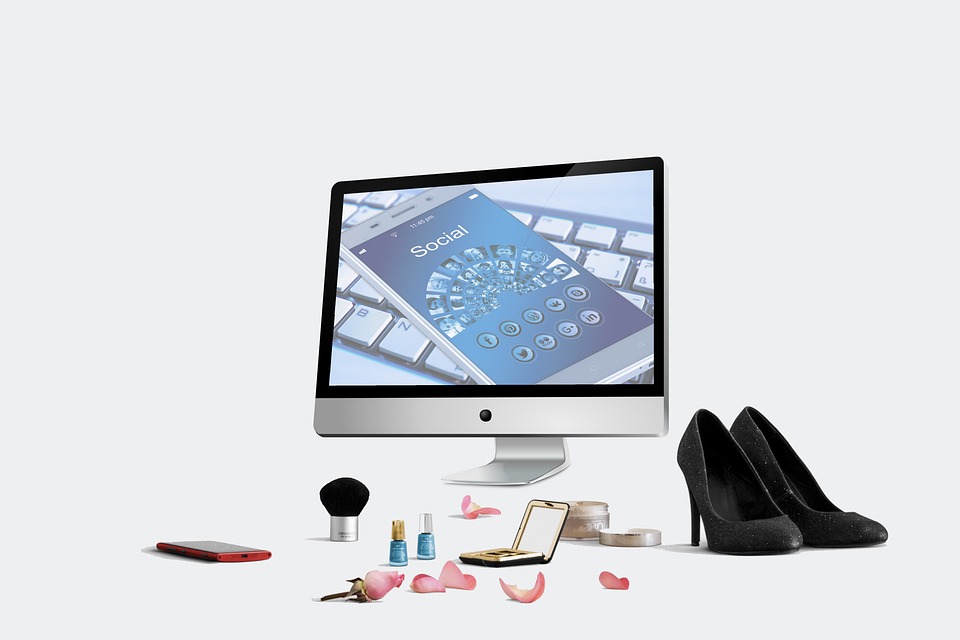Accessibility refers to the ability for individuals with disabilities to access digital products and websites. Inclusive design is the approach of designing products that are accessible to a broad range of people, including those with disabilities. Inclusive design is critical to ensuring that digital products and websites are accessible to everyone.
When designing for accessibility, designers must attempt to make the product as accessible as possible. This includes making sure that the product is easy to use, that it can be used by people with different disabilities, and that it is designed to be used by individuals who do not have a disability.
One of the key considerations when designing for accessibility is the use of color. Color is important in digital design as it can be used to communicate important information, but it can also be used to indicate changes, important data, and errors. When designing for accessibility, designers should make sure to use color that is easy to distinguish.
In addition to color, designers need to use fonts that are easy to read. Fonts that are too small or too complex can make it difficult for individuals with low vision or cognitive disabilities to read text. Designers should also avoid using flashing or blinking elements in their designs, as these can cause seizures and other health issues.
Another important consideration when designing for accessibility is the use of assistive technology. Many individuals with disabilities rely on assistive technology to access digital products and websites. When designing for accessibility, designers need to make sure that their products are compatible with popular assistive technology devices such as screen readers and Braille displays.
Inclusive design is not just good for people with disabilities. It is also beneficial for everyone else. By designing products that are accessible to a variety of people, designers can create products that are easier to use, more intuitive, and more efficient.
Finally, designers must test their products for accessibility. Accessibility testing ensures that the product is accessible to the broadest range of individuals, including those with disabilities. This involves testing the product with assistive technology devices and with individuals who have different disabilities.
In conclusion, designing for accessibility is essential to creating digital products and websites that are accessible to everyone, regardless of their disability. Inclusive design is the approach of designing products that are accessible to a broad range of people, and designers must make sure to use color, fonts, and assistive technology that are easy to use and compatible with popular devices. By designing with inclusivity in mind, designers can create products that are accessible, efficient, and intuitive for everyone.





